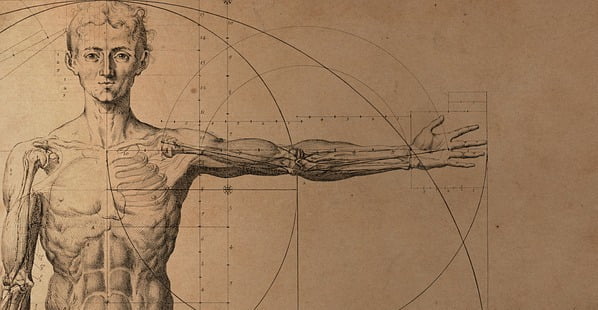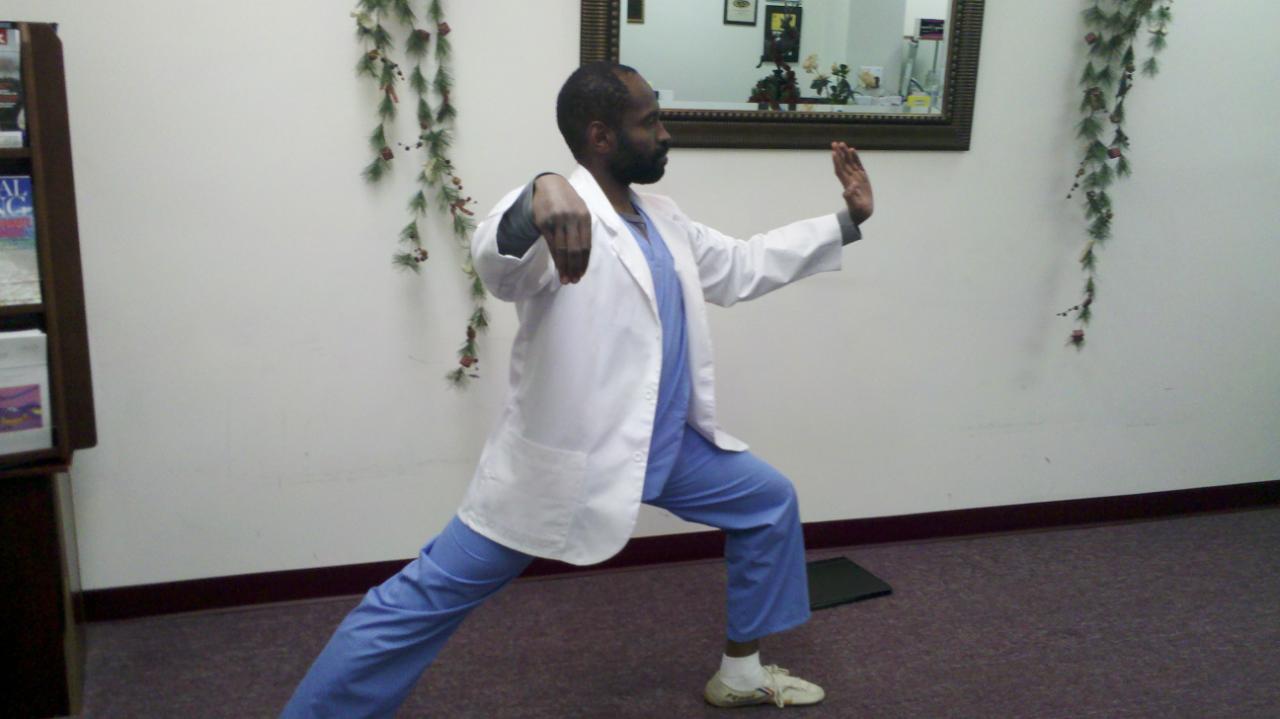Acupuncture, an ancient practice rooted in Traditional Chinese Medicine (TCM), has garnered significant attention in the United States. Despite its millennia-old roots, its efficacy and mechanisms continue to be explored and understood through the lenses of anatomy, physiology, and bio-science.
As an acupuncturist, anatomy and physiology were some of my best subjects in school. I enjoyed learning about anatomical structures and landmarks. The public in general isn’t quite aware of how much more we cover physiology than is thought. That’s integrative medicine.
In this article, let’s into the indispensable role of anatomy and physiology in understanding how acupuncture works, highlighting how a deep understanding of these disciplines enhances both the practice and comprehension of this therapeutic modality.
The Unchanging Foundation Of Anatomy
Anatomy forms the bedrock of medical knowledge, providing a static framework of the human body’s structure. While anatomy itself doesn’t evolve, our comprehension of it does, with advancements in technologies like imaging techniques shedding new light on the intricacies of human anatomy. In acupuncture, a profound understanding of anatomy is indispensable as it serves as the roadmap for locating and manipulating specific points on the body.
The Dynamic Interplay
Physiology, in contrast to anatomy, deals with the dynamic processes within living organisms.It encompasses functions such as circulation, nervous system activity, and hormonal regulation, which play pivotal roles in acupuncture’s mechanisms of action. The evolving field of physiology continually unveils the intricate interconnections between bodily systems, shedding light on how acupuncture influences physiological responses.

Understanding Disorder through Order
A better comprehension of normal physiological processes is paramount in recognizing deviations that manifest as disease or dysfunction. Acupuncture operates on the principle of restoring balance within the body’s systems, a concept rooted in the understanding of physiological homeostasis. By grasping the order inherent in anatomy and physiology, practitioners can effectively diagnose and treat disorders by restoring harmony to disrupted physiological processes.
Locating Acupuncture Points
Acupuncture points, which are located along “meridians” (from a TCM standpoint, as bio-science acknowledges no scientific data that they exist) also known as acupoints, are specific locations on the body where needles are inserted to elicit therapeutic effects. The precise locating of the points rely on a thorough understanding of underlying anatomical structures, including muscles, bones, nerves, and vessels. Modern anatomical studies, coupled with ancient TCM knowledge, helps with practitioners finding the most effective acupuncture point locations, enhancing the precision and efficacy of treatment.
The synergy between anatomy, physiology, and acupuncture is undeniable, with each discipline contributing to the understanding and application of the others. As we continue to unravel the intricacies of the human body and its physiological processes, the timeless principles of acupuncture remain grounded in conjunction with knowledge of anatomy and physiology. By embracing these disciplines, we not only utilize ancient healing practices but also pave the way for innovative advancements in integrative healthcare.
Additional Resources
See our Youtube channel for more videos related to anatomy, health, and acupuncture.

Carlo St. Juste II, MAOM has a background in acupuncture with over 10 years of clinical experience, published author, and over 16 years in the Martial Arts. He has worked with various organizations to implement employee wellness programs and workshops including The City of West Covina, The City of Brea, Broadcom, University of Southern California (USC), American Suzuki, and Pomona College. He is dedicated to promoting integrative health and has seen the benefits of knowledge and implementation first hand.